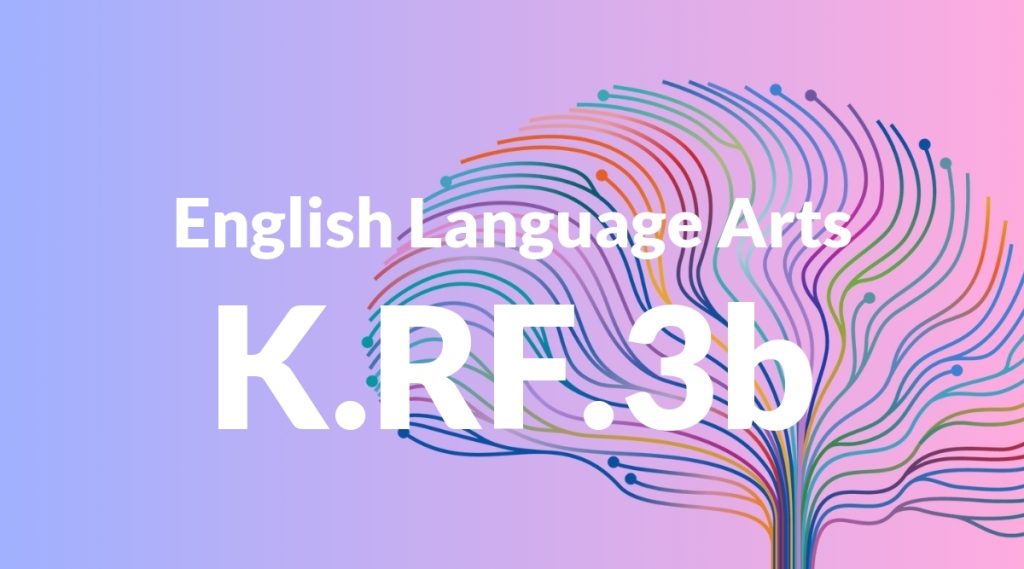Standard: K.RF.3b – Associate the long and short sounds with the common spellings (graphemes) for the five major vowels.
Grade level: Kindergarten
Subject: English Language Arts
Domain: Reading: Foundational Skills
Teacher Overview
This standard focuses on helping students associate long and short vowel sounds with their common spellings. Mastering this skill is crucial as it lays the foundation for reading and spelling. Understanding vowel sounds and their spellings is a key component of phonemic awareness, which is essential for early literacy development. Students should know the alphabet and be able to recognize and name the vowels. They should also have some familiarity with the concept that letters represent sounds.
Once students master this standard, they will be able to decode simple words by applying their knowledge of vowel sounds and spellings. This skill will support their reading fluency and comprehension, as well as their ability to spell words correctly.
Common Misconception 1
One common misconception is that students may confuse long and short vowel sounds. This confusion can occur because both types of sounds are associated with the same letters, making it challenging for young learners to differentiate between them.
Intervention 1
To remediate this misconception, use visual aids like charts that show both the long and short sounds of each vowel. Pair these visual aids with auditory examples and practice activities, such as sorting games where students categorize words based on vowel sounds.
Common Misconception 2
Another common misconception is that students may believe vowels always make the same sound. This misunderstanding arises because students might not have been exposed to enough examples showing the variability of vowel sounds in different words.
Intervention 2
Address this misconception by providing a variety of examples where vowels make different sounds. Use repetition and engaging activities, such as vowel sound bingo or matching games, to reinforce the concept that vowels can have multiple sounds.
Prerequisite Knowledge
Students should have a basic understanding of the alphabet, including the ability to recognize and name the five major vowels (A, E, I, O, U). They should also have some exposure to the concept of sounds associated with letters.
Subsequent Knowledge
After mastering this standard, students will be able to decode simple words using their knowledge of vowel sounds and spellings. They will also begin to understand the role of vowels in word formation and spelling patterns.
Instructional Activities
- Vowel sound sorting games
- Interactive read-alouds focusing on vowel sounds
- Vowel sound bingo
- Flashcard drills with vowel sounds
- Writing exercises highlighting vowels
- Songs and rhymes emphasizing vowel sounds
- Digital apps and games for vowel practice




